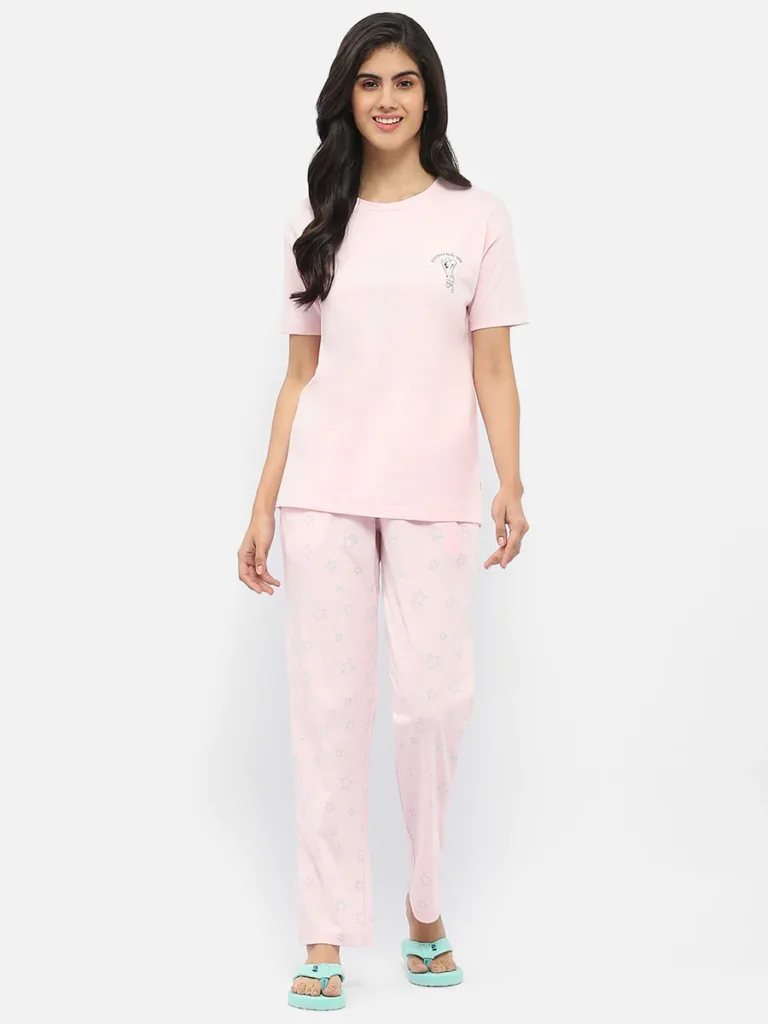Introduction
Step into the world of timeless elegance and sophistication with leather handbags. From their humble origins to becoming a staple in every fashionista’s wardrobe, these luxurious accessories have evolved through the ages. Join us on a journey through the fascinating history and evolution of leather handbags in this fashion timeline blog post.
Early History of Leather Bags
Leather bags have been an essential accessory for centuries, with their origins dating back to ancient civilizations. The early history of leather bags can be traced to the Egyptians, who used animal hides to create pouches and containers for carrying belongings. These primitive leather bags were not only functional but also served as a symbol of status and wealth.
In medieval times, leather bags became more structured and decorative, often adorned with intricate designs and embellishments. Craftsmen meticulously handcrafted these bags using traditional techniques that have been passed down through generations.
As trade routes expanded in the Renaissance period, leather bags gained popularity among merchants and travelers for their durability and versatility. The demand for quality leather goods led to the establishment of guilds dedicated to perfecting the art of leather craftsmanship.
By the 19th century, industrialization revolutionized the production of leather bags, making them more accessible to a wider audience. This era marked a shift towards mass-produced styles that catered to evolving fashion trends while still maintaining the timeless appeal of genuine leather materials.
The Rise of Designer Handbags
As fashion evolved, so did the status and allure of designer handbags. The rise of luxury brands in the mid-20th century brought a new level of sophistication to the world of accessories.
Designers like Chanel, Louis Vuitton, and Gucci began creating iconic handbag styles that became coveted symbols of wealth and style. These high-end bags were not just functional but also served as status symbols for those who could afford them.
The craftsmanship and attention to detail put into each designer handbag set them apart from mass-produced options, making them highly desirable among fashion enthusiasts. From structured totes to elegant clutches, these designer creations became timeless pieces that transcended trends.
Celebrities and influencers further fueled the demand for designer handbags by showcasing them on red carpets and social media platforms. The exclusivity and prestige associated with owning a designer bag added an extra layer of desirability to these luxurious accessories.
Today, designer handbags continue to be sought after by fashion-forward individuals looking to make a statement with their outfit choices. The evolution of these prestigious accessories reflects society’s fascination with luxury goods and personal style expression in the modern era.
Iconic Leather Bag Styles Throughout the Decades
From the structured and timeless silhouette of the 1950s Kelly bag to the bohemian flair of the 1970s saddlebag, iconic leather handbag styles have evolved with each passing decade. The sleek and minimalist designs of the 1990s shoulder bags gave way to the oversized slouchy hobos of the early 2000s.
In recent years, crossbody bags have become a staple accessory for on-the-go fashionistas, offering both style and functionality. The classic tote bag has also undergone modern transformations, now available in a variety of sizes and materials to suit different lifestyles.
The versatility of leather allows for endless creativity in design, enabling fashion houses to reinvent classic silhouettes while staying true to their brand aesthetic. Whether it’s a structured top-handle bag or a trendy bucket bag, leather accessories continue to make a statement across generations.
Sustainable and Ethical Practices in the Leather Industry
As consumers increasingly prioritize sustainability and ethical practices, the leather industry has been forced to adapt. Many brands are now focusing on using responsibly sourced materials and implementing transparent supply chains.
One key aspect of sustainable leather production is tanning methods. Traditional chrome tanning can be harmful to both the environment and workers, leading to a shift towards more eco-friendly alternatives like vegetable or plant-based tanning processes.
Furthermore, there is a growing emphasis on fair labor practices within the industry. Brands are working towards ensuring that workers involved in leather production receive fair wages and operate in safe working conditions.
In addition, upcycling and recycling have become popular approaches to reducing waste in the leather industry. By repurposing existing materials or scraps, brands can minimize their environmental impact while creating unique pieces.
As awareness around sustainability grows, it’s encouraging to see the leather industry evolving towards more responsible practices for a better future.
Modern Trends in Leather Handbags
In the modern fashion landscape, leather handbags continue to evolve with new trends and innovations. One of the prominent trends is the emphasis on sustainability and ethical practices in the production of leather goods. Consumers are increasingly conscious about where their products come from and how they are made.
Another trend that has gained popularity is the fusion of traditional craftsmanship with contemporary design elements. Many designers are blending classic styles with modern twists, creating unique and eye-catching pieces that appeal to a wide range of tastes.
Moreover, customization options have become more prevalent in the leather handbag market. Brands now offer personalized touches such as monogramming or interchangeable straps, allowing customers to create a bag that truly reflects their individual style.
Additionally, technology has also influenced modern leather handbag trends, with features like built-in charging ports or anti-theft mechanisms becoming more common in designer bags.
The world of leather handbags continues to be dynamic and ever-changing as designers push boundaries and adapt to meet the demands of today’s fashion-forward consumers.
FAQs
Have you ever wondered about the different types of leather used in handbags? Well, you’re not alone! Many people are curious about this topic.
Another common question is whether leather handbags are durable. The answer depends on the quality of the leather and how well you care for your bag.
People also often ask about the best way to clean and maintain their leather handbags. There are specific products and methods that can help keep your bag looking its best.
A frequently asked question is about the environmental impact of producing leather handbags. It’s essential to consider sustainable practices in the industry.
Many individuals wonder about the investment value of designer leather handbags. Some styles hold their value well over time, making them a smart purchase for fashion enthusiasts.
The Timeless Appeal of Leather Handbags
When it comes to fashion accessories, leather handbags hold a timeless appeal that transcends trends and seasons. The rich texture, durability, and classic look of leather make it a coveted material for handbag lovers worldwide.
Leather bags exude luxury and sophistication, adding an elegant touch to any outfit. Whether you opt for a sleek tote, a stylish crossbody, or a chic satchel, leather handbags effortlessly elevate your ensemble.
The patina that develops on quality leather over time tells a unique story of the bag’s journey with its owner. Each scratch and mark adds character and charm to the piece, making it truly one-of-a-kind.
From structured designs to slouchy hobo bags, leather offers versatility in styles that cater to every taste and preference. Whether you prefer minimalist aesthetics or bold statements, there is a leather handbag out there for everyone.
Investing in a high-quality leather handbag is not just about owning a fashionable accessory—it’s about acquiring an enduring piece that will stand the test of time while becoming more beautiful with age.
Conclusion
Leather handbags have undoubtedly come a long way since their early origins. From being purely functional items to becoming iconic fashion statements, the evolution of leather bags reflects changes in society, culture, and technology over the years.
As we’ve seen from this fashion timeline, leather handbags have transitioned from simple pouches to elaborate designer pieces that hold cultural significance and symbolize status. The industry has also made strides towards sustainability and ethical practices to meet the demands of conscious consumers.
While modern trends may come and go, one thing remains constant – the timeless appeal of leather handbags. Their versatility, durability, and luxurious feel ensure that they will continue to be coveted accessories for years to come. So whether you opt for a classic style or embrace a contemporary design, a leather handbag is sure to add sophistication and flair to any outfit.
In essence, leather handbags are more than just accessories; they embody craftsmanship, history, and personal style. As we look towards the future of fashion, it’s clear that leather bags will remain an integral part of our wardrobes as enduring classics that stand the test of time.



